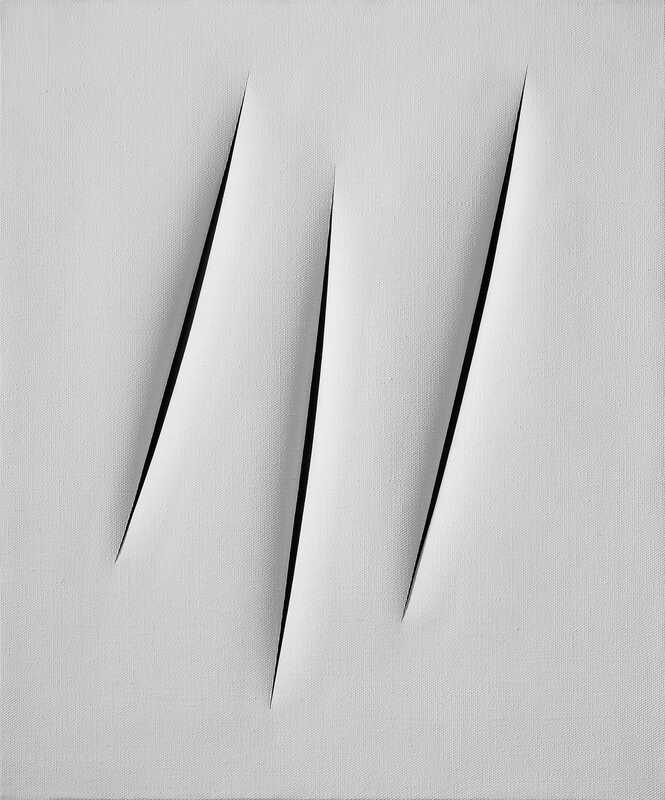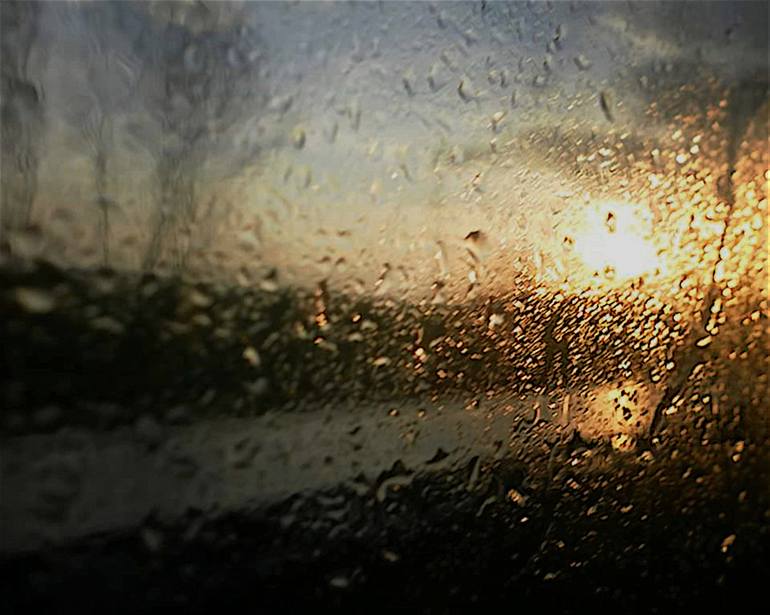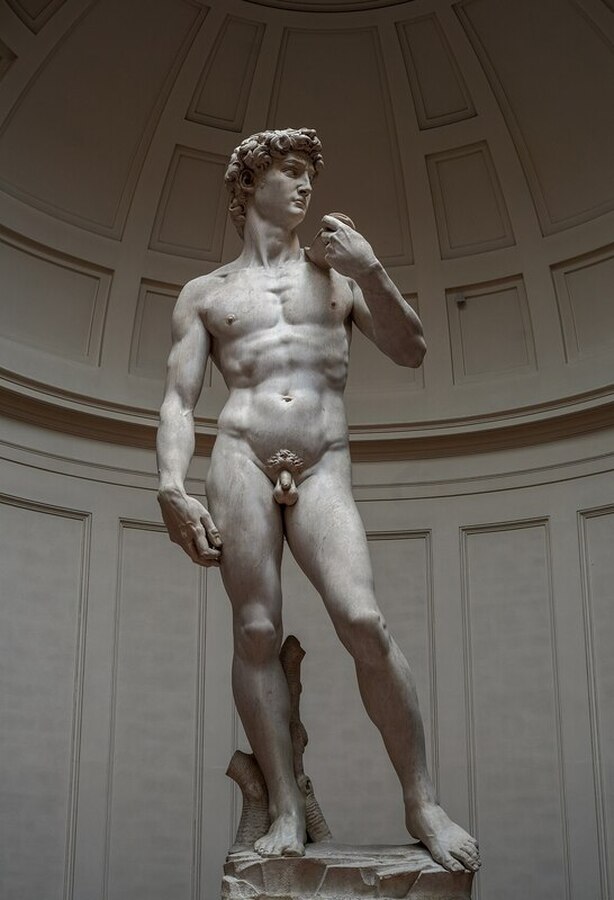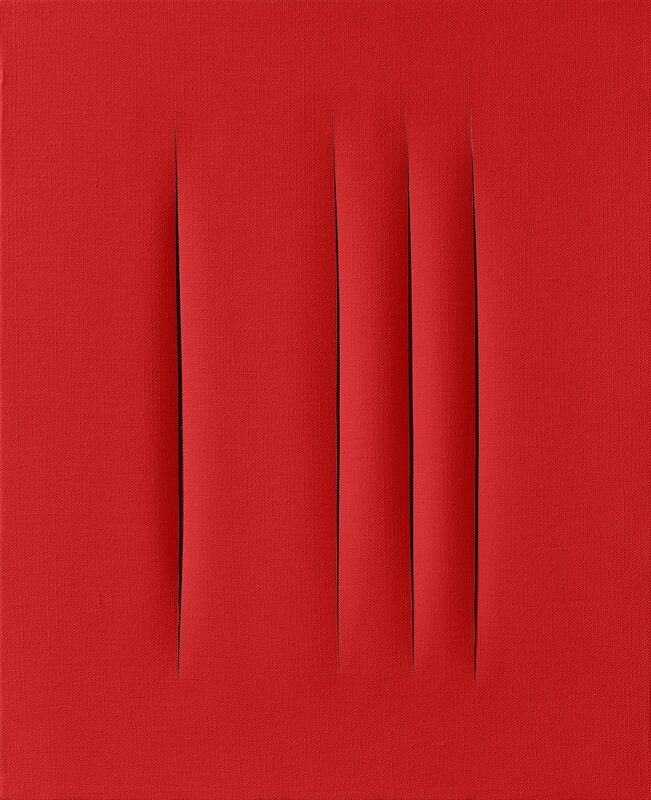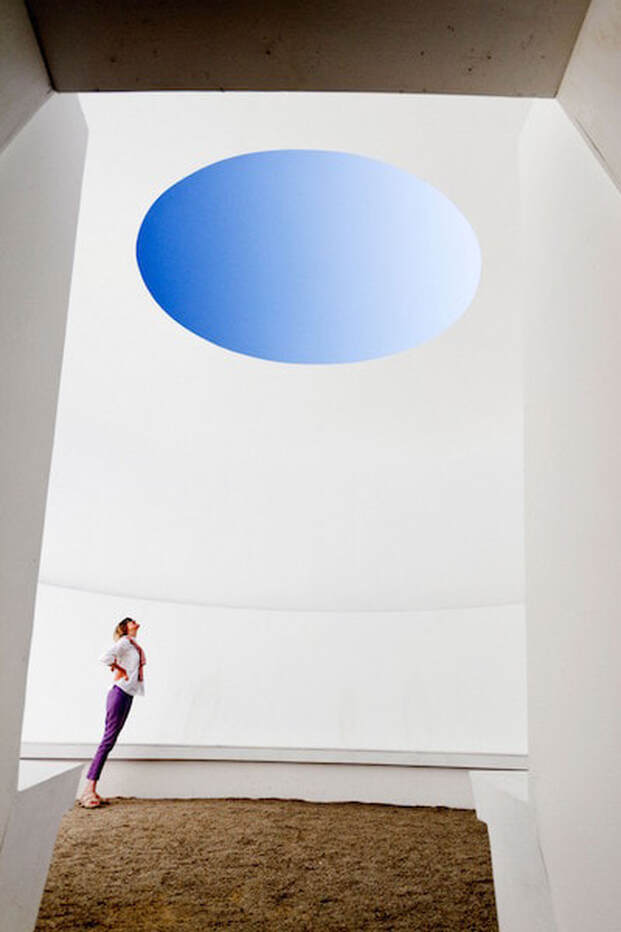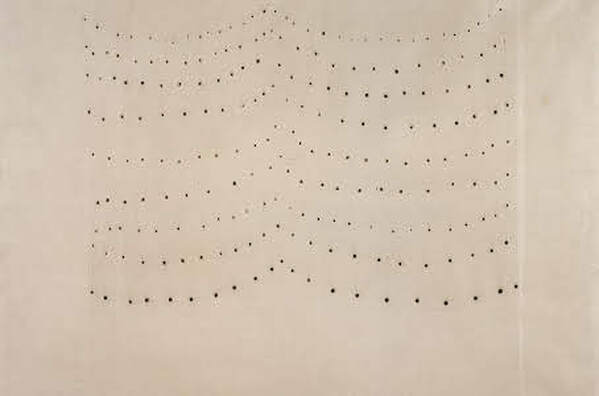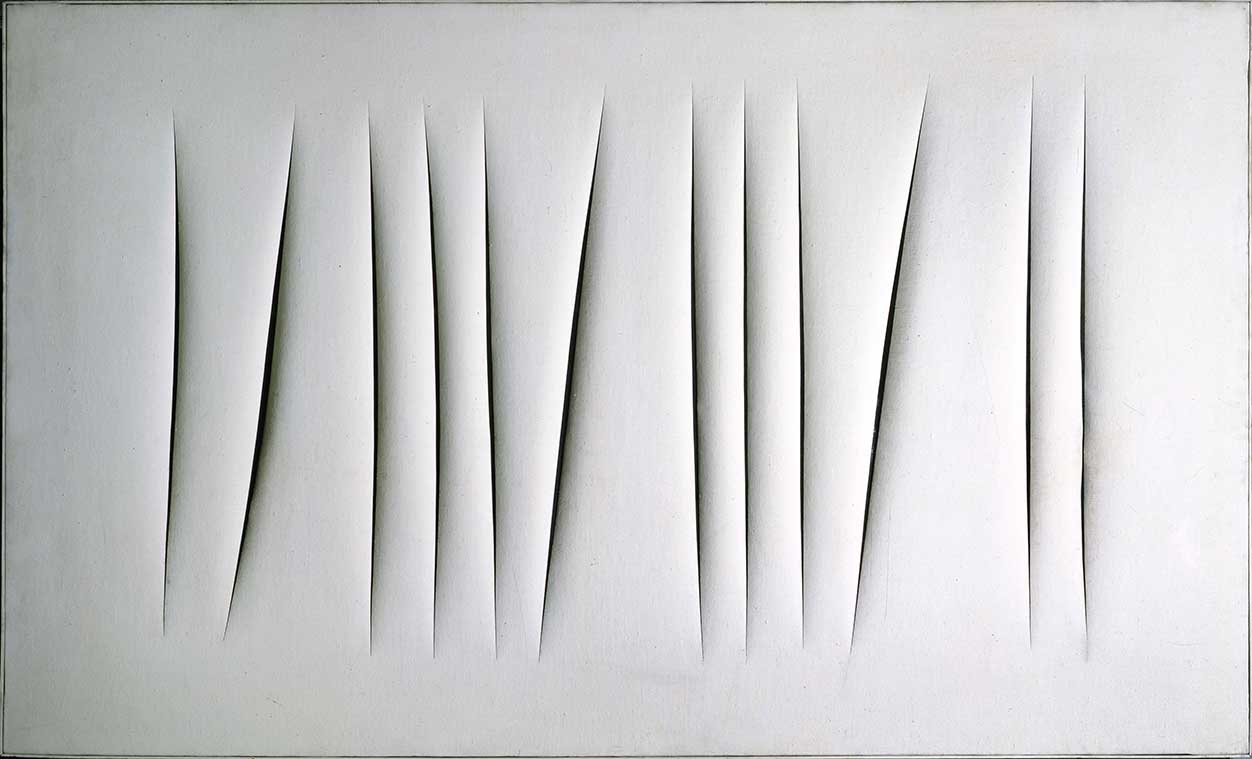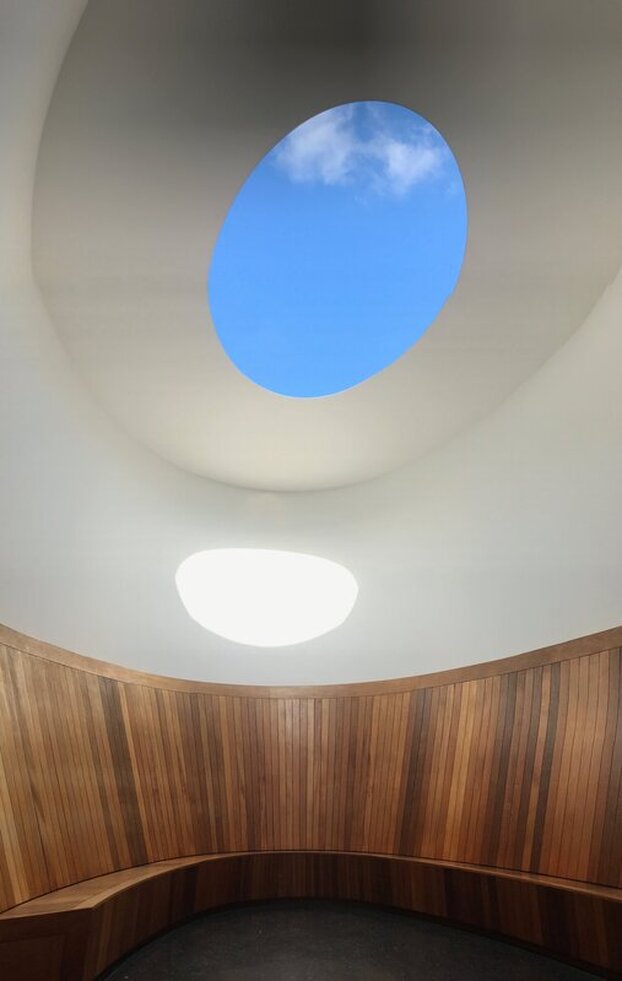|
LUCIO FONTANA (1899-1968)
Argentinian/Italian Painter, sculptor, designer, jewellery designer, ceramist, drawer, theorist. Founder of Spatialism White Manifesto, which states: "Matter, colour and sound in motion are the phenomena whose simultaneous development makes up the new art". Taking inspiration from the Futurists’ fascination with technology, abandoning painting in order to develop an art suitable for the mechanical age, one “based on the unity of space and time.” In Fontana’s infamous “Concetto spaziale” series, the canvases’ stigmata-like lacerations represent the artist’s attempt to articulate Spatialist concepts by transforming a two-dimensional canvas into a three-dimensional space, and mostly, introducing the fourth dimension in the canvases (time). Fontana often lined the reverse of his canvases with black gauze so that the darkness would shimmer behind the open cuts and create a mysterious sense of illusion and depth. |
James Turrell (1943), American artist known for his work within the Light and Space movement. Much of Turrell's career has been devoted to his series of skyspaces, enclosed spaces that frame the sky
|
THE USEFULNESS OF THE CUP IS IN ITS EMPTINESS
Silences in music. Beethoven's use of rests in his work. Some musicologists and musicians believe that the rest indicates a moment of silence or a slight pause, adding to the expressive and emotive nature of the music. Others suggest that it may be a notation convention to clarify the rhythmic structure. Beethoven was known for his meticulous attention to detail in his compositions, and the rest above the triplet is considered to be an intentional and significant choice in the interpretation of the piece.
|
